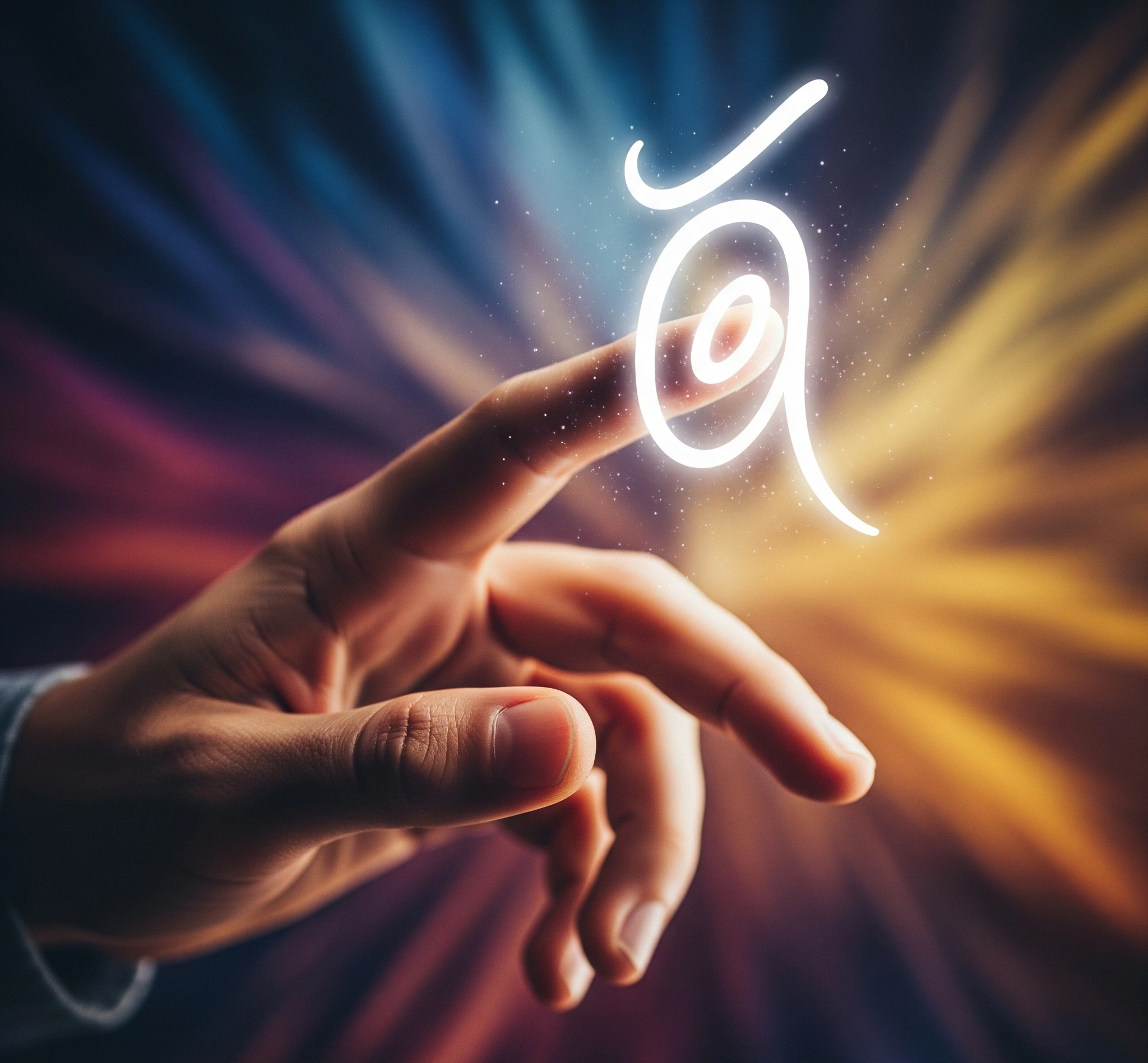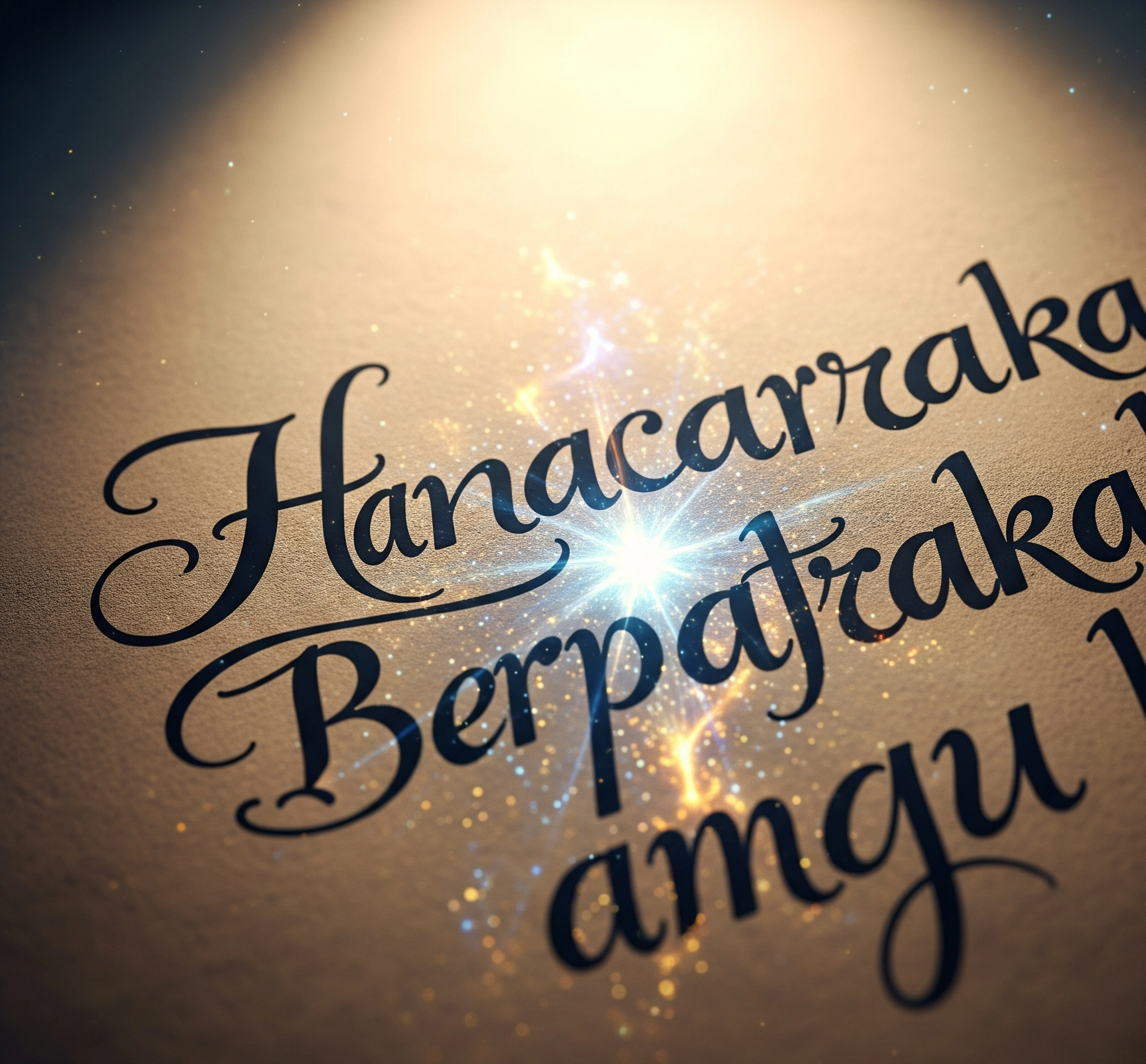Have you ever looked at a language and wondered if it held more than just words—a deeper layer of meaning, a hidden philosophy? In our fast-paced digital age, we often prioritize instant communication, sometimes overlooking the profound depth embedded in traditional writing systems. This article promises to transport you into the intricate world of Javanese Letters Symbolism, exploring how the ancient Javanese script, Hanacaraka, transcends mere communication. We will delve deep into its origins, unique structure, and philosophical significance. Ultimately, this isn’t about deciphering a secret code or mystical pronouncements, but a profound invitation to engage with a living cultural treasure and its inherent wisdom.
Table of Contents
- What is Javanese Letters Symbolism? Unveiling a Spiritual Language
- The Philosophical Alphabet: Understanding Hanacaraka’s Symbolic Patterns
- The Modern Interpreter’s Journey: Finding Meaning in Ancient Scripts
- Actionable Insights: Engaging with Javanese Symbolism Today
- Javanese Letters Symbolism for a Complex World
- The Unfolding Story: Javanese Symbolism in Perpetual Resonance
- Call to Action
- Context and References
What is Javanese Letters Symbolism? Unveiling a Spiritual Language
Javanese Letters Symbolism refers to the profound philosophical and spiritual meanings embedded within the Hanacaraka script, the traditional Javanese writing system. Beyond its function as a phonetic alphabet, each character and, more significantly, each line of its famous mnemonic poem, carries layers of symbolic interpretation. This system transcends mere communication; it offers a framework for understanding the human condition, the cycles of life, and the pursuit of inner harmony. Its origins trace back to the Brahmi script of ancient India, which arrived in Southeast Asia via traders and religious scholars. The Kawi script, an early form of Javanese, directly influenced Hanacaraka’s development during the Mataram and Majapahit kingdoms. Consequently, this rich heritage infused the script with deep cultural and spiritual significance.
The Hanacaraka poem, “Ha-Na-Ca-Ra-Ka, Da-Ta-Sa-Wa-La, Pa-Dha-Ja-Ya-Nya, Ma-Ga-Ba-Tha-Nga,” serves as its basic character order and a profound philosophical guide. Each line is believed to embody principles of human life, creation, and destiny. This is knowledge, not magic; instead, it offers a profound philosophical framework for understanding human experience, illustrating the intricate connection between language and worldview in Javanese culture.
The Philosophical Alphabet: Understanding Hanacaraka’s Symbolic Patterns
Hanacaraka’s unique structure and mnemonic poem offer fascinating insight into Javanese philosophical thought. Each line of the poem functions as a symbolic archetype, revealing patterns of existence and human experience.
Ha-Na-Ca-Ra-Ka: The Beginning of Existence
This first line, “Ha-Na-Ca-Ra-Ka,” translates to “There were (two) envoys.” It symbolizes the initial spark of creation, the emergence of duality, and the beginning of a journey. The “two envoys” often represent the human and divine, or the forces of good and evil, setting the stage for the unfolding drama of life. This line highlights the paradox of unity giving rise to multiplicity, and the inherent conflict that drives existence.
Da-Ta-Sa-Wa-La: The Unfolding of Duality
The second line, “Da-Ta-Sa-Wa-La,” means “They fought each other.” It represents the inevitable conflicts and struggles inherent in life, the cycle of giving and receiving, and ultimately, the reality of death. This sequence emphasizes the transient nature of existence and the continuous interplay of opposing forces. It underscores the duality of struggle and surrender, a fundamental aspect of the human condition.
Pa-Dha-Ja-Ya-Nya: The Path to Wisdom
Translating to “They were equally powerful,” the third line, “Pa-Dha-Ja-Ya-Nya,” symbolizes the balance of power, the triumph of truth, and the journey towards enlightenment. It suggests that true victory comes not from domination, but from wisdom and self-mastery. This line reflects the paradox that strength lies in balance, and that inner peace can emerge from external conflict.
Ma-Ga-Ba-Tha-Nga: The Ultimate Reality and Union
The final line, “Ma-Ga-Ba-Tha-Nga,” means “They both died.” This seemingly somber conclusion symbolizes the ultimate return to origin, the dissolution of individual forms into the universal, and the realization of unity. It represents the ultimate reality where all dualities merge, and the self reunites with the cosmos. This concept highlights the paradox of an ending that signifies ultimate liberation and profound union.
The Modern Interpreter’s Journey: Finding Meaning in Ancient Scripts
Consider Anya, a young Javanese artist living in Berlin. She feels increasingly disconnected from her cultural heritage, perceiving traditional Javanese art as beautiful but distant from her contemporary practice. Her grandmother, back in Java, often sends her old letters written in Hanacaraka, a script Anya struggles to read. Anya, however, prioritizes her digital art projects and global exhibitions.
One day, while creating a piece about identity, she feels a profound creative block. She struggles to find authentic expression. A chance encounter with a Javanese cultural scholar sparks her interest in the deeper meanings of Hanacaraka. The scholar, intrigued by Anya’s artistic background, shares insights into the philosophical symbolism embedded in the script. Anya begins to explore the meaning of the letters, not just their forms.
As she delves into the Hanacaraka poem, line by line, a powerful “Aha!” moment strikes her. The ancient wisdom embedded in “Ha-Na-Ca-Ra-Ka” (“There were two envoys”) resonates with her own internal conflicts and the duality of her modern and traditional identities. “Da-Ta-Sa-Wa-La” (“They fought each other”) speaks to the creative struggles she faces. She realizes the script isn’t just about writing; it offers a profound framework for understanding her own life’s journey, its struggles, and the pursuit of balance. This revelation transforms her perception. She discovers that connecting with her heritage provides not only a sense of belonging but also a unique lens through which to navigate the complexities of the modern world, bridging ancient wisdom and contemporary art.
Actionable Insights: Engaging with Javanese Symbolism Today
Understanding the philosophical depth of Javanese letters is a powerful first step. However, real transformation and cultural preservation require concrete action. Its core principles offer practical, empowering self-practices for anyone seeking deeper cultural connection or personal insight.
Mindful Exploration of Symbols
Engage directly with the symbolism by mindfully exploring the Hanacaraka characters. Focus on the 20 core characters and their associated philosophical meanings. Many online resources, cultural centers, and books offer insights into this. Even a brief daily contemplation of a character’s meaning can open a new window into Javanese thought and provide a tangible connection to this ancient heritage.
Personal Reflection Through Hanacaraka
Beyond memorizing characters, dedicate time to reflect on the philosophical meaning of each line of the Hanacaraka poem. Ask yourself: How do these ancient principles of creation, conflict, victory, and unity apply to my own life? This contemplative practice transforms the script from a linguistic curiosity into a powerful tool for self-discovery and ethical living.
Creative Dialogue with Heritage
Keep the script’s symbolism alive through creative expression. Experiment with Hanacaraka calligraphy, incorporating the characters into digital art, or even designing modern interpretations. This not only preserves the script but also allows you to engage with it in a personal and meaningful way, bridging the past with contemporary aesthetics.
Sharing the Wisdom
Share your knowledge and appreciation for Javanese letters symbolism with others. Engage in conversations about its history, philosophy, and beauty. This act of cultural exchange helps raise awareness about the script’s significance, fostering cross-cultural understanding and contributing to its revitalization on a broader scale.
Javanese Letters Symbolism for a Complex World
The Symbolism in Javanese Letters offers more than just historical fascination; it provides profound lessons acutely relevant in our interconnected yet often fragmented digital age. In a world characterized by rapid technological advancement and a search for identity, Javanese symbolism challenges us to find wisdom in our roots and continuity in change.
This ancient Javanese writing system reminds us of the enduring human need for meaning, narrative, and philosophical grounding. It prompts us to reconsider the value of traditional knowledge systems, seeing them not as relics but as rich sources of insight for contemporary challenges. Furthermore, it highlights the critical importance of cultural preservation, urging us to protect and revitalize unique linguistic heritage for future generations. This fosters a deeper respect for global diversity. Ultimately, understanding Javanese Letters Symbolism cultivates cultural pride, intellectual curiosity, and a unique perspective on life’s journey. It encourages us to bridge the past and present, finding timeless wisdom in ancient forms.
The Unfolding Story: Javanese Symbolism in Perpetual Resonance

As the elegant strokes of Hanacaraka continue to inspire, they symbolize the enduring power of language and philosophy. The Javanese Letters Symbolism is not merely an ancient writing system. Rather, it stands as a profound testament to Javanese wisdom, cultural resilience, and the timeless human quest for understanding. It reminds us that even in a rapidly changing world, the search for meaning, connection, and self-discovery remains paramount. These are not merely historical artifacts, but powerful cultural and spiritual legacies, offering a silent yet compelling dialogue between past and present.
“Every script is a map to a soul; every character, a whisper of ancient wisdom.”
Call to Action
The journey into ancient wisdom doesn’t end here. We encourage you to act on your newfound understanding and explore further the rich tapestry of Indonesian heritage.
Context and References
Internal Links to Related Articles:
- Read more about the universal principles of [Javanese Philosophy].
- Explore the mysteries of [Ancient Indonesian Languages].
- Discover the cultural significance of [Indonesian Calligraphy and Art].
- Understanding the role of [Language Preservation in Modern Societies].
External References (If Applicable):
- Academic papers on Javanese linguistics and paleography.
- Reputable encyclopedias like Wikipedia or Britannica entries on Hanacaraka and Javanese script.
- Scholarly texts on the philosophy of language and cultural heritage preservation.
Disclaimer: This content is provided for educational and cultural understanding. Linguistic and philosophical concepts are part of ongoing academic inquiry, offering guidance for critical thinking and exploration, not deterministic prophecies or absolute judgments.
About the Author/Source: This wisdom is shared by The Ancient Echoes Collective — a symbolic figure representing timeless wisdom, simplicity, and compassion. These writings are meticulously crafted by the [Your Website Name] team, comprised of cultural researchers, academics, and spiritual practitioners dedicated to preserving and translating ancient wisdom into a relevant format for contemporary generations. We believe that ancestral heritage is not merely a relic, but a compass for life. Each article is written through a process of research, cross-generational discussion, and deep contemplation, to ensure accuracy and the profound nobility of its contained values. Learn more about our authors and philosophy.
